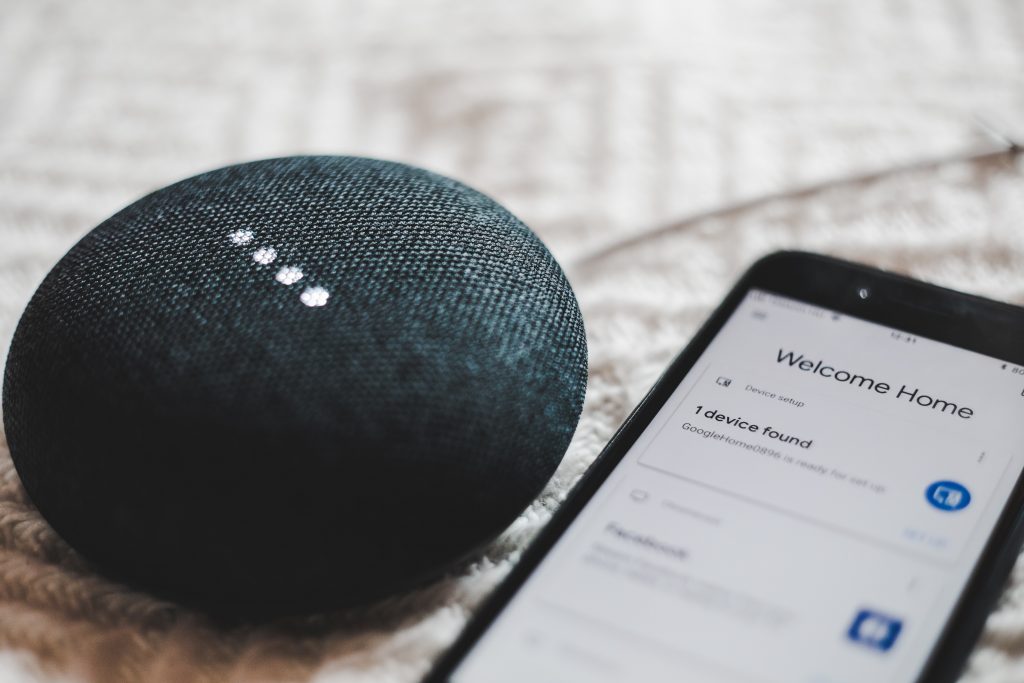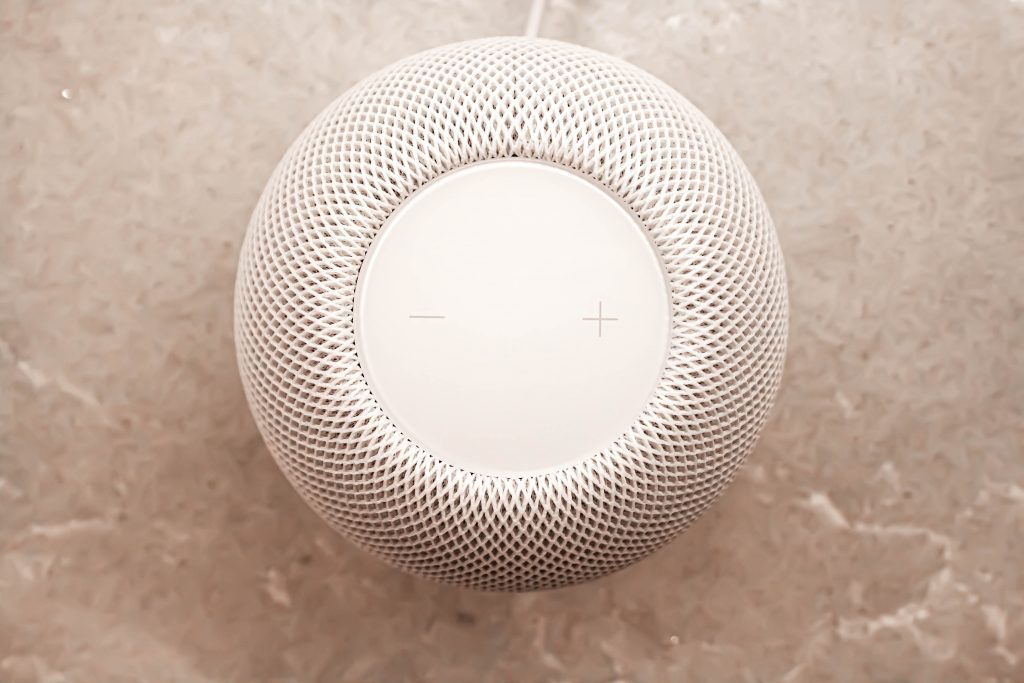As the population of elderly people continues to grow, so does the demand for social and companion robots that can help keep them company. While many seniors enjoy spending time with their families and friends, some may not have any close relatives or friends nearby. That’s where social and companion robots come in, providing a friendly face and conversation to make everyone feel at ease.
With increasing technological advancements, these helpful little machines are becoming more and more common in nursing homes, hospitals, and other care facilities. So what exactly do social and companion robots do? Let’s take a closer look!
Can Technology Keep Us Company interactive?
With the advent of new technology, we are increasingly surrounded by mobile devices and artificial intelligence. While some people may find this impersonal, these new tools can help to keep us company. For example, voice recognition technology like Siri and Alexa can provide us with information and support when we need it.
In addition, mobile devices can help us stay connected to our loved ones, even when we’re on the go. So, while technology may not be able to replace human interaction, it can certainly help to ease loneliness and provide companionship.
Interactive Technology
Interactive technology, such as social and companionship robots, has the potential to greatly improve the lives of the elderly. These robots can provide natural language interaction and compassionate care, assisting with tasks such as grocery shopping and providing reminders for medications.
Mobile devices equipped with interactive technology can provide a rich source of companionship and social interaction. By reducing or eliminating the need for repetitive tasks, interactive technology can help to free up time for the elderly to enjoy their hobbies and pursuits. Ultimately, interactive technology has the potential to greatly improve the quality of life for the elderly.
Voice Activated Technology
It is to develop voice recognition technology on our phones to voice commands for our smart homes. This technology can also be used to create social and companionship robots for the elderly.
Voice recognition software can be used to allow the robot to understand and respond to basic commands, such as “Come here” or “Sit down.” The robot can also be programmed to respond to more complex questions or commands, such as “What’s the weather like today?” or “Tell me a joke.”
In addition, voice-activated technology can be used to create a text-to-speech function for the robot, so that it can read aloud newspapers, and books, or even just have a conversation with its owner.
This type of voice-activated technology can provide companionship and social interaction for elderly people who live alone. It can also help to ease anxiety and depression, and improve cognitive function.
Siri
Artificial intelligence assistants are becoming more popular as they are continuously developed to provide new services. One such artificial intelligence assistant is Siri, which was originally implemented as a social and companionship robot for the elderly.
However, the artificial intelligence companion didn’t quite take off Siri has many features that make it beneficial for seniors. For example, Siri can recognize and respond to natural language questions and commands. This is particularly useful for seniors who may not be able to remember precise voice commands.
Siri can also keep track of appointments, medications, and other important information. As a result, Siri can help seniors stay organized and on top of their health. Furthermore, it can provide social interaction and Companionship. With its engaging voice and personality, Siri can help seniors feel less isolated and lonely.
In addition, it can also help seniors stay connected to family and friends by making phone calls and sending text messages. Overall, Siri has the potential to be a valuable social and companionship robot for the elderly. However, its artificial intelligence still needs to be further developed to provide seniors with the best possible experience.

Google Assistant
Google Assistant is a virtual assistant that uses artificial intelligence to perform tasks or answer questions. One of its key features is continuous speech recognition, which allows it to understand and respond to voice commands. This makes it an ideal social and companionship robot for the elderly, who may find it difficult to use traditional devices such as phones or computers.
Google Assistant can help with tasks such as making phone calls, sending emails, and checking the weather. It can also provide companionship by engaging in conversations, telling jokes, and playing music. In this way, it can help to combat loneliness and isolation among the elderly.

Zora
Zora is a social and companionship robot designed for the elderly. Zora is equipped with background noise reduction and speech recognition technology, making it easier for seniors to communicate with the robot. Zora can also recognize voices and work with voice commands. The companionship robot can provide basic conversation, play music, and tell jokes. In addition, Zora can remind seniors of important appointments and medications.
The social and companionship robot is an important step in keeping the elderly connected to society. By providing basic conversation and social interaction, Zora helps to reduce feelings of loneliness and isolation in seniors.
Additionally, Zora can help seniors stay on top of their daily tasks and appointments, promoting independence and self-sufficiency. Ultimately, the social and companionship robot is a valuable tool for promoting the health and well-being of seniors.
IPal
The IPal robot is designed to provide social and companionship services for the elderly. It is a small, portable robot that features speech recognition and voice commands. IPal can also be used to provide background noise for seniors who live alone.
The robot’s speech recognition software is designed to work with seniors’ voices, and its voice commands are specifically tailored to their needs. In addition, IPal’s algorithms are designed to identify and respond to seniors’ emotions. As a result, the robot is uniquely suited to provide social and companionship services for the elderly.
ElliQ
ElliQ is designed to be a social and companionship robot for the elderly. It uses voice recognition systems to interact with users, and continuous speech recognition to keep track of conversations. It also has several sensors that allow it to detect nearby objects and people. This information is used to help the robot navigate its environment and avoid obstacles.
Additionally, ElliQ is equipped with a camera that can be used to take pictures and videos. The robot also has a touch screen that can be used to access the internet, play games, and control various settings.
ElliQ is intended to provide seniors with a companion that they can interact with daily. The robot is designed to help promote independence and social interaction while providing a source of entertainment and companionship.

Final Thoughts
As society ages, the demand for social robots will continue to grow. Companies that can provide affordable and practical social and companionship robots will be in high demand. While there is still some hesitation around using robots as caregivers, studies have shown that they can be beneficial in several ways.
We believe that social robots have a lot of potentials and we are excited about the future of this industry. Do you think social robots will play a role in caring for the elderly? What other applications do you see for them? Let us know in the comments below.
